In the mountains of Tyrol lies one of the most renowned ski resorts in Europe: we are in Kitzbühel, Austria, which has been hosting Alpine Ski World Cup races since 1967. But already more than 90 years ago, the slopes of this town of about 8,000 inhabitants, with a delightful medieval old town, hosted the trophy named after the area’s main mountain: theHahnenkamm, a peak that from its 1,712 meters observes all the valleys. From its slopes, downhill races are held on the Streif slope and special slalom races on the Ganslern slope. The whiteness of the snow therefore dominates the history of these peaks and its inhabitants, but let’s see what this ski resort (voted the best ski resort in the world three times in a row by Skiresort.de) has to offer for a vacation among valleys, art and traditions.
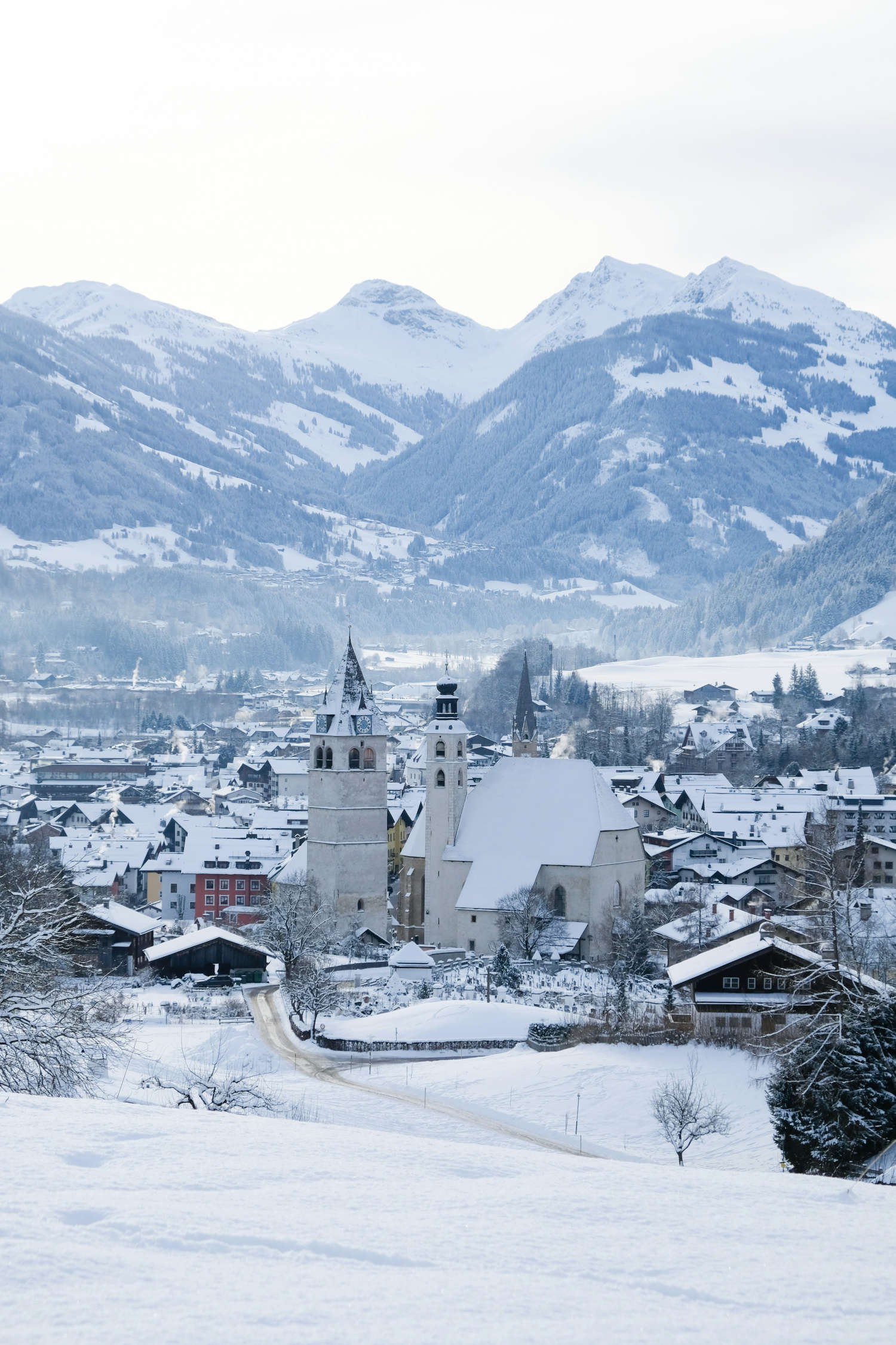
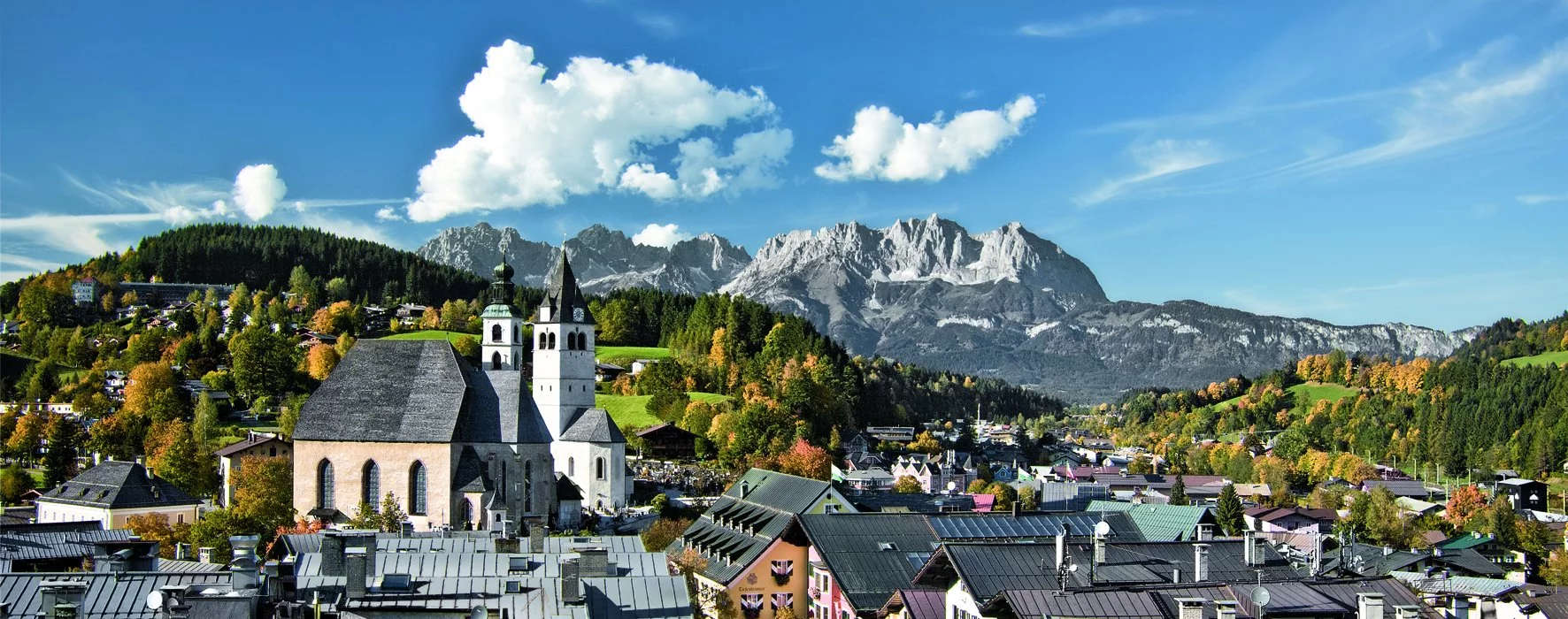
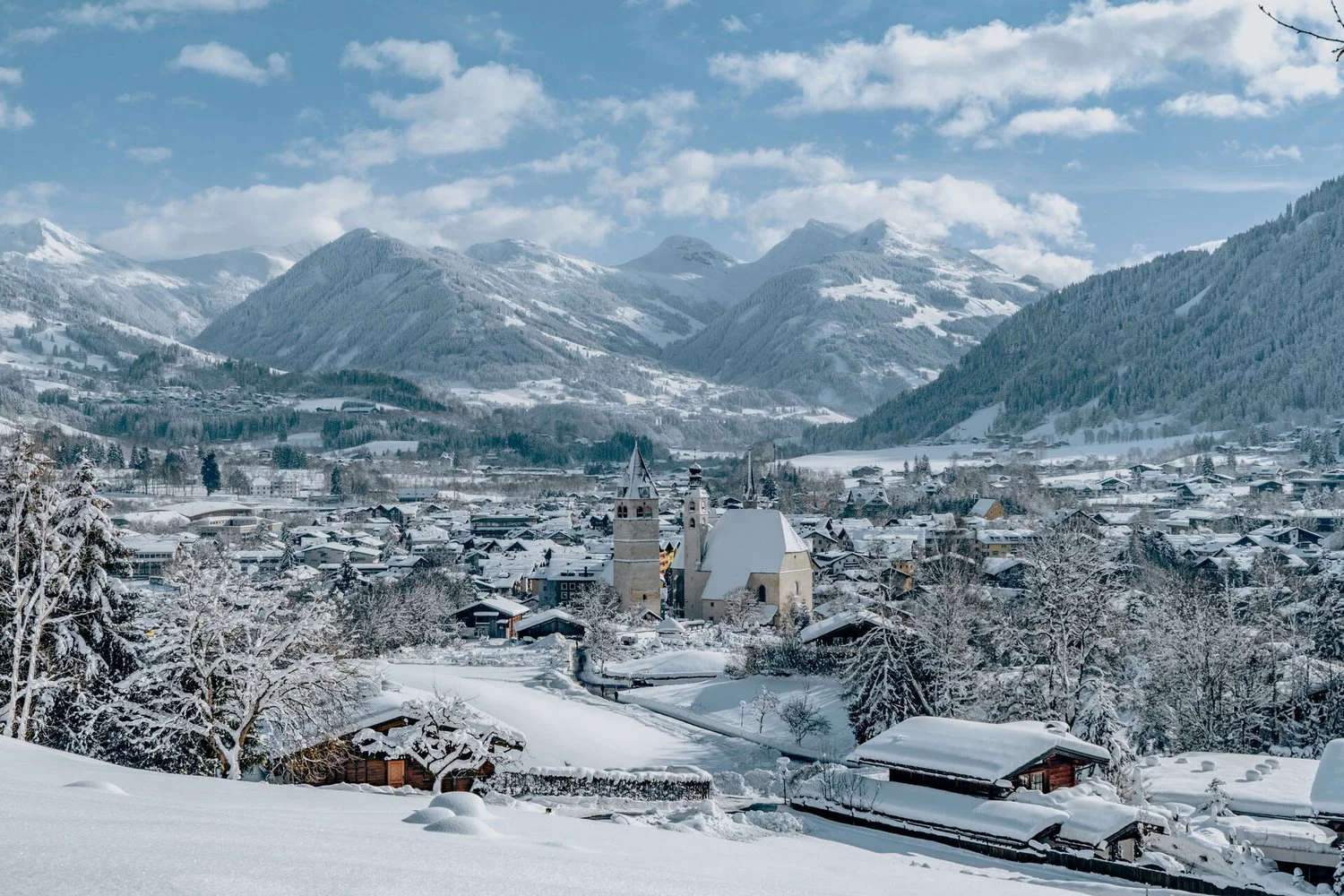
Snow-white in winter, soothing greens in summer: these are the undulating slopes of the mountain with its meadows that become ski slopes in winter and that offer the spectacle of living nature in every season of the year. Master of the house here is the chamois, the iconic animal of Kitzbühel, with which it is inextricably associated because of the copious numbers of specimens that can be seen circulating, so much so that it is known as the "city of chamois." Dominating from above are the nearly 2,000-meter Kitzbüheler Horn and the distinctive Alpine Flower Garden, as well as the aforementioned Hahnenkamm.
We owe the latter’s entry into the international ski circuit to the ideal ski slopes that can be carved from its slopes: a must is the “Streif,” considered by many to be the most difficult slope in the world. The famous winter slope in the summer turns into an adventure park with nine stations, corresponding to the famous passages, well known to ski enthusiasts, as they are traversed each year by downhill champions who take on some of the most challenging turns and jumps in the world at very high speeds. It starts with the Starthaus (the starting house), followed by the Mausefalle (the “mousetrap,” a steep wall tackled with a jump), and then continues with the Steilhang (the escarpment, a double counter slope turn), the Karussell turn, the Brückenschuss (a little slip road, where you run your skis at the highest speed possible), the Alte Schneise, the Seidlalm jump, the Lärchenschuss (another sliding section), and then the Hausbergkante (a spectacular jump followed by a turn), the Traverse (the spectacular traverse that leads into the final section), and the Zielsprung, the final jump before the Zielschuss, the straight stretch leading to the finish line. The children’s game for the summer is to overcome tube-shaped slides, balance obstacles, and climbing nets for 7.7 km of the course. For off-piste skiing or ski mountaineering, on the other hand, Horn is the favorite destination for lovers of these disciplines.
The Alpine Flower Garden gathers about 400 high-mountain plants in 20,000 square meters of flat planes, trails, ponds and viewpoints. A riot of colors to admire the yellow and white alpine poppies, arnica, edelweiss, yellow gentian, purple alpine linaria and thistle scardaccio but also the pink flowers of Incarvillea from the Himalayas.
As the seasons change, one can come here to watch the Austrian Open Tennis, a major tournament on the professional circuit, or the ITU World Series of triathlon, or to try their hand at the endless trekking trails with 1,000 km of hiking trails suitable for all tastes and views, and for various levels of fitness and difficulty, including the many routes to climb on Wilder Kaiser mountain. The range of possibilities for foot lovers is enriched by the 170 km of running and Nordic walking trails and the 1,200 km of cycling routes. Most famous is the Panorama Route to the Kitzbüheler Horn, with its 7.5 kilometers of twists and turns going up and down the mountains to arrive at Gasthof Alpenhaus, at an elevation of 1,670 meters, admiring the Alps and alpine pastures on the way. Also worth a visit is the Aurach Wildpark, an open-air reserve with 40 hectares without fences available for more than 200 animals living there (from rabbits to sheep to donkeys and goats) both typical of these mountains and from distant countries such as kangaroos, llamas or Tibetan yaks.
Among the elements that make it a town of prestige is the quantity of golf courses in the area: more than 30 and 4 within the town, thus decreeing Kitzbühel as the golf center par excellence in the Alps. But there is also no shortage of water fascination: the Schwarzsee is a marshy lake with water that is among the warmest of the Tyrolean lakes at around 27 degrees in summer and of high quality containing many types of fish. This reservoir nestled between mountains, of all mountains in the Kaisergebirge massif. The shore is well equipped with facilities of all kinds and easily accessible.
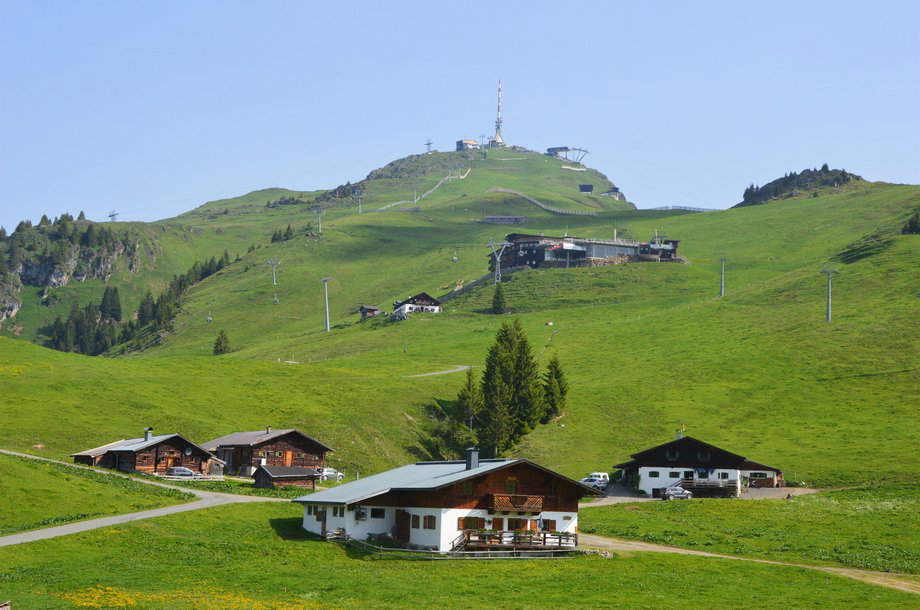
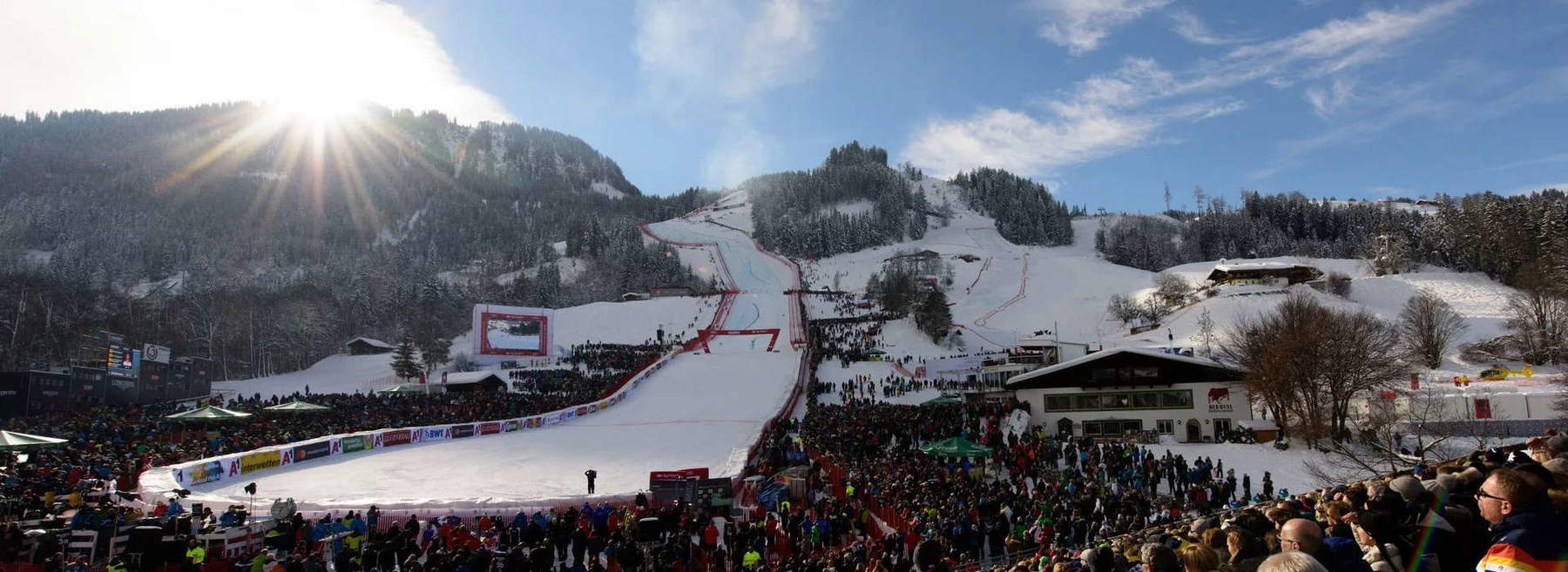
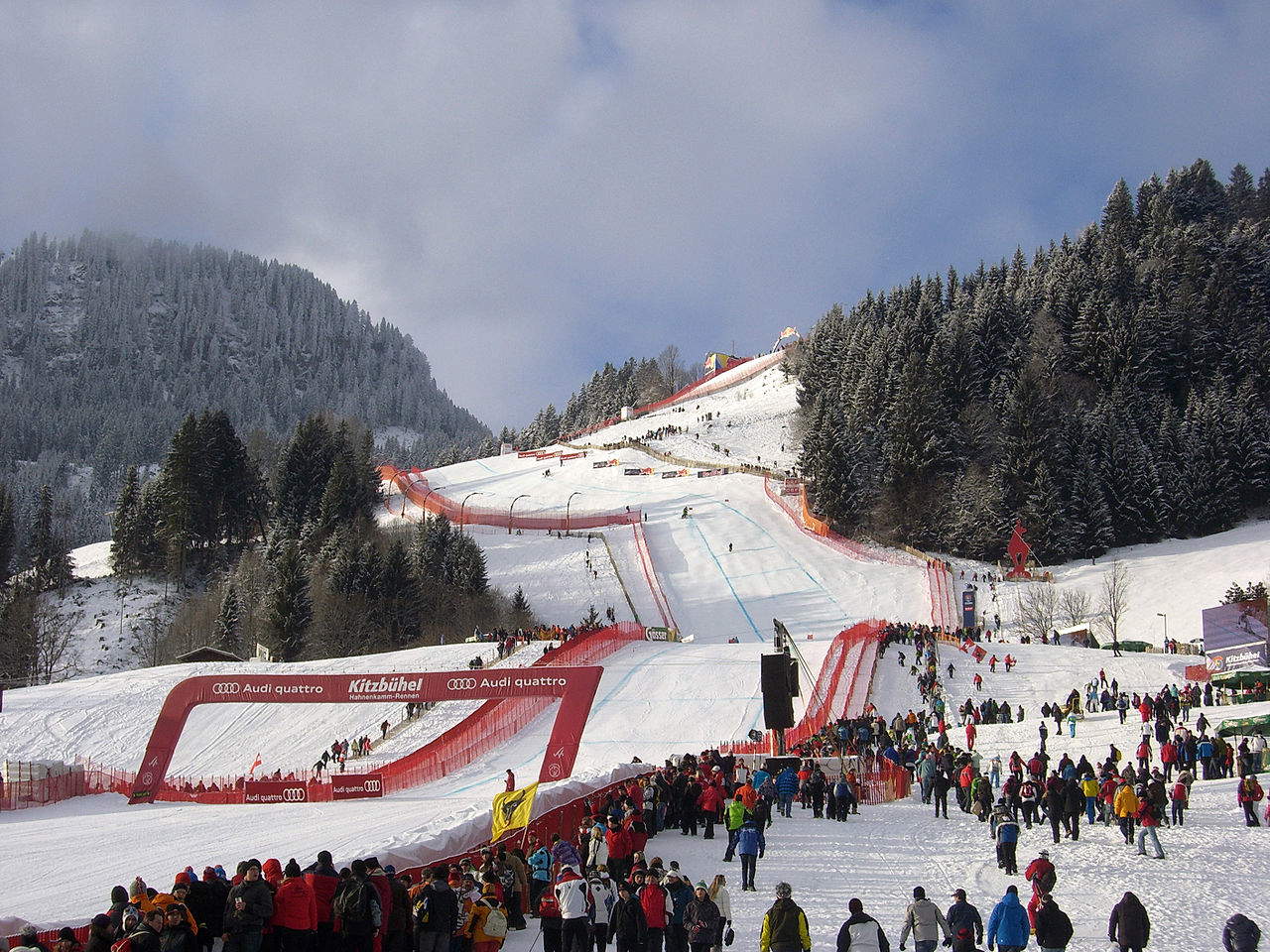
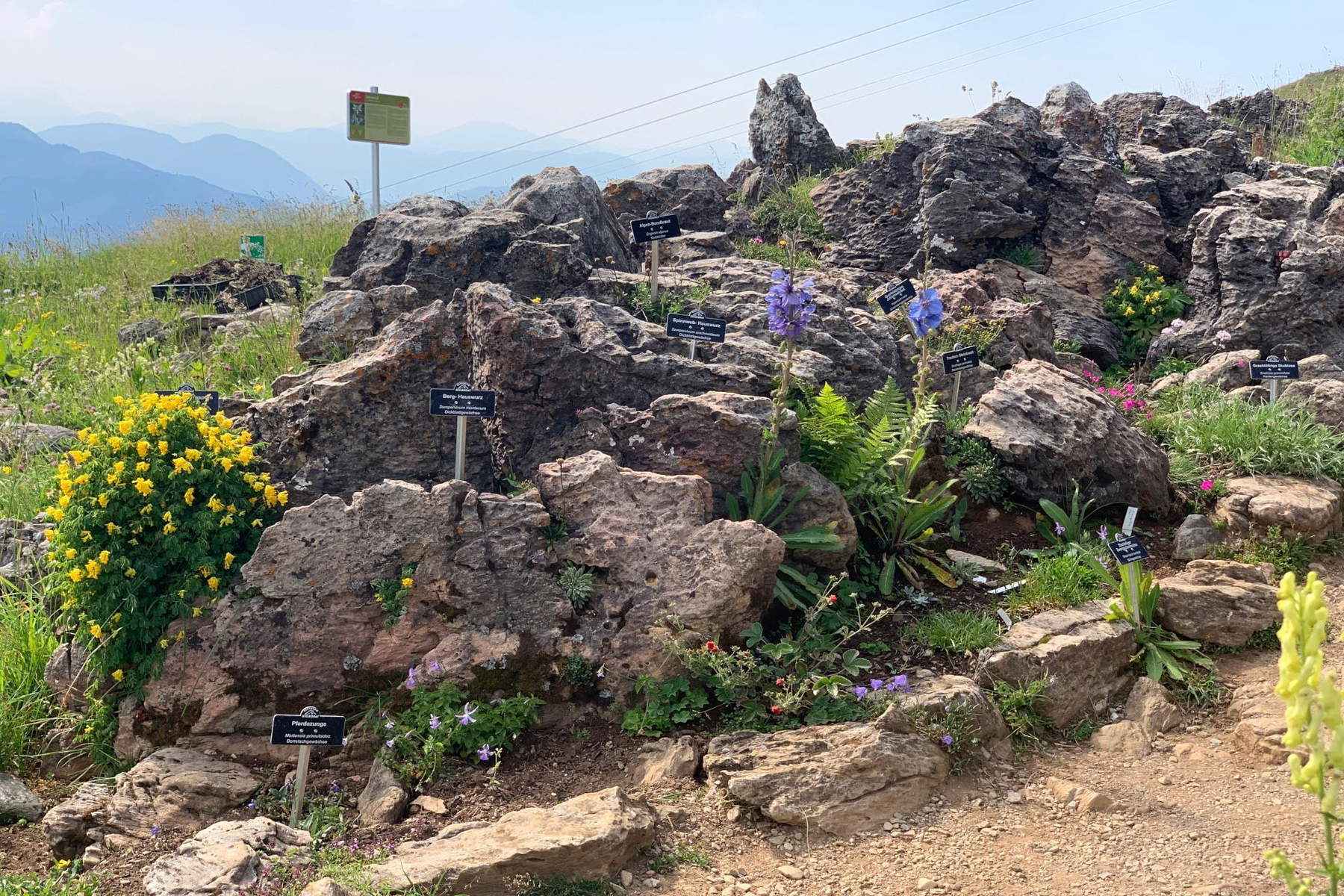
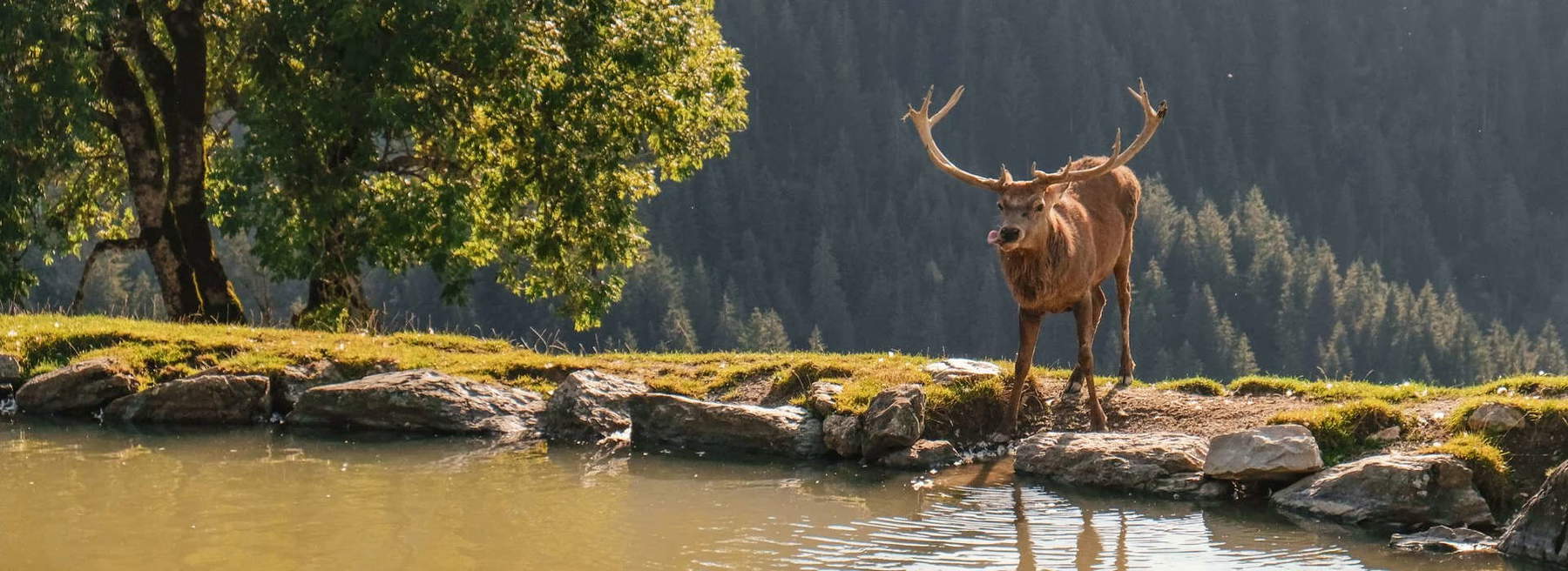
Elegant city streets with the charm of the medieval old town with the lights of modern international boutiques that preside over the area strong in the considerable preference Kitzbühel enjoys among VIPs and wealthy tourists. Among the colorful houses built between the 16th and 17th centuries we also find a casino. In December the center is populated with the inevitable Christmas Market. Walking around you will see women dressed in the well-known traditional dress of southern Germany, Austria and Switzerland: the Dirndl. Tyrolean hospitality can also be sampled at the table with a number of starred restaurants.
A visit to the parish church of St. Andrew, a Gothic three-nave building later remodeled in the Baroque era (it was built between 1435 and 1506, and then revisited in the 17th century), is worthwhile: the richly decorated interior houses scenic gilded altars dating from the 18th-century work, as well as several frescoes by Simon Benedikt Faistenberger, a painter originally from Kitzbühel himself who was very active in the 18th century. Next to the parish church also stands the Liebfrauenkirche, a Gothic church of 14th-century origin that is distinguished by its soaring bell tower, one of the symbols of the town. It stands out because it is a church ... with two floors: one visits the baroque-looking upper church and the lower church, which houses an ossuary. The interior of the upper church, redesigned in the 18th century, houses sumptuous stucco work by Hans Singer as well as frescoes by Faistenberger. Also worth seeing is St. Catherine ’s Church, built between 1360 and 1365, which continues the High Gothic development begun in the Tyrol with the chancel of the Hall parish church. Its “trademark” is the tower with buttresses and pierced windows with a ribbed vaulting on the inside. Finally, a visit to the modern Christuskirche, built between 1960 and 1962 by Clemens Holzmeister, one of Austria’s leading 20th-century architects, is not to be missed.
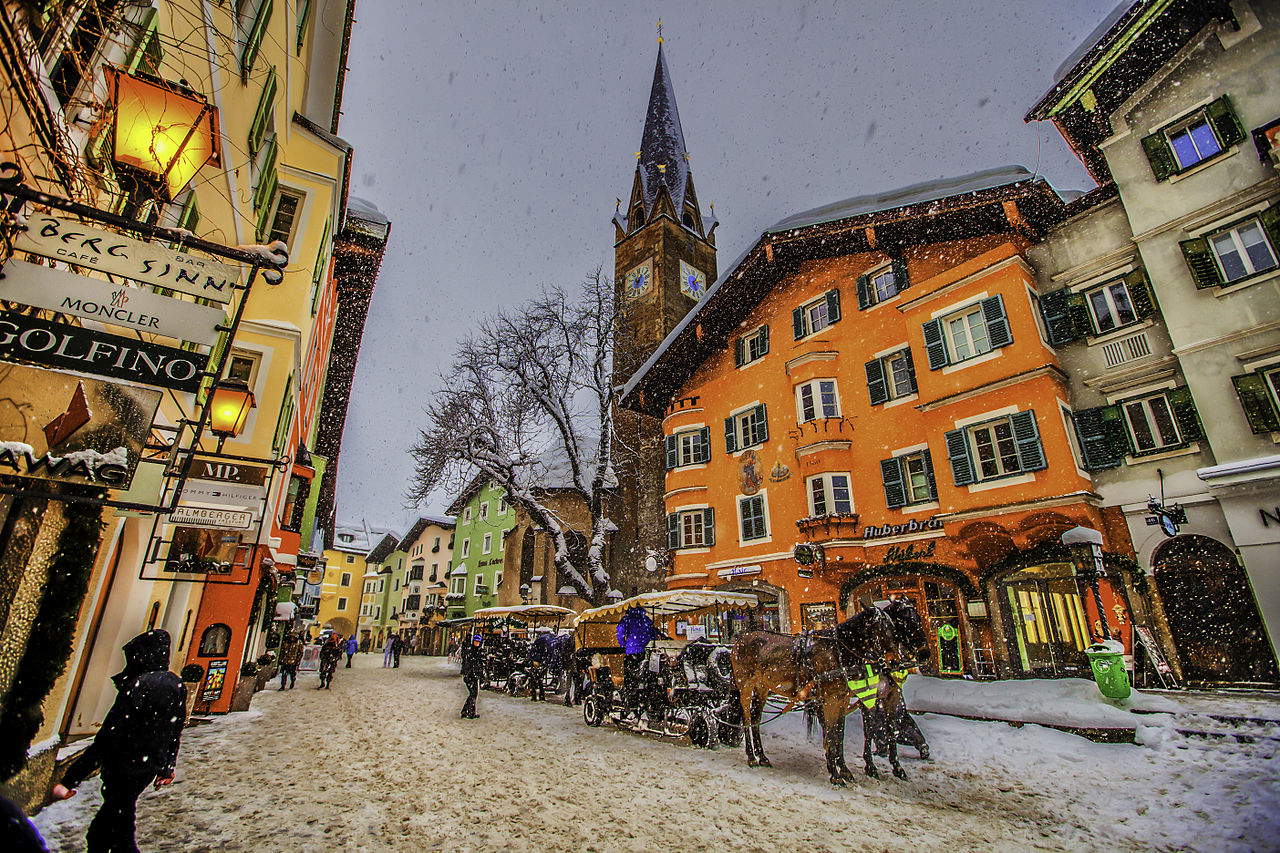
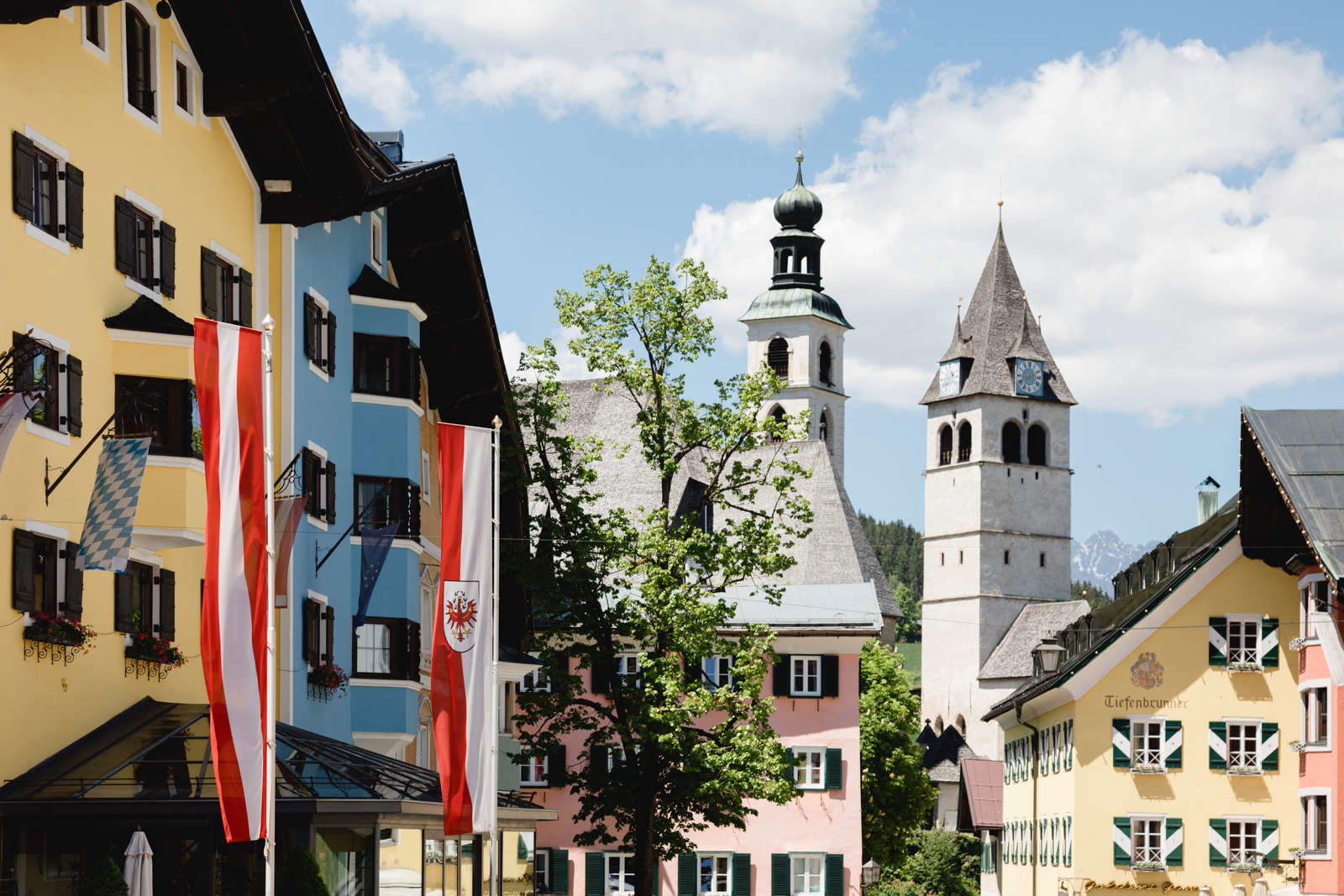
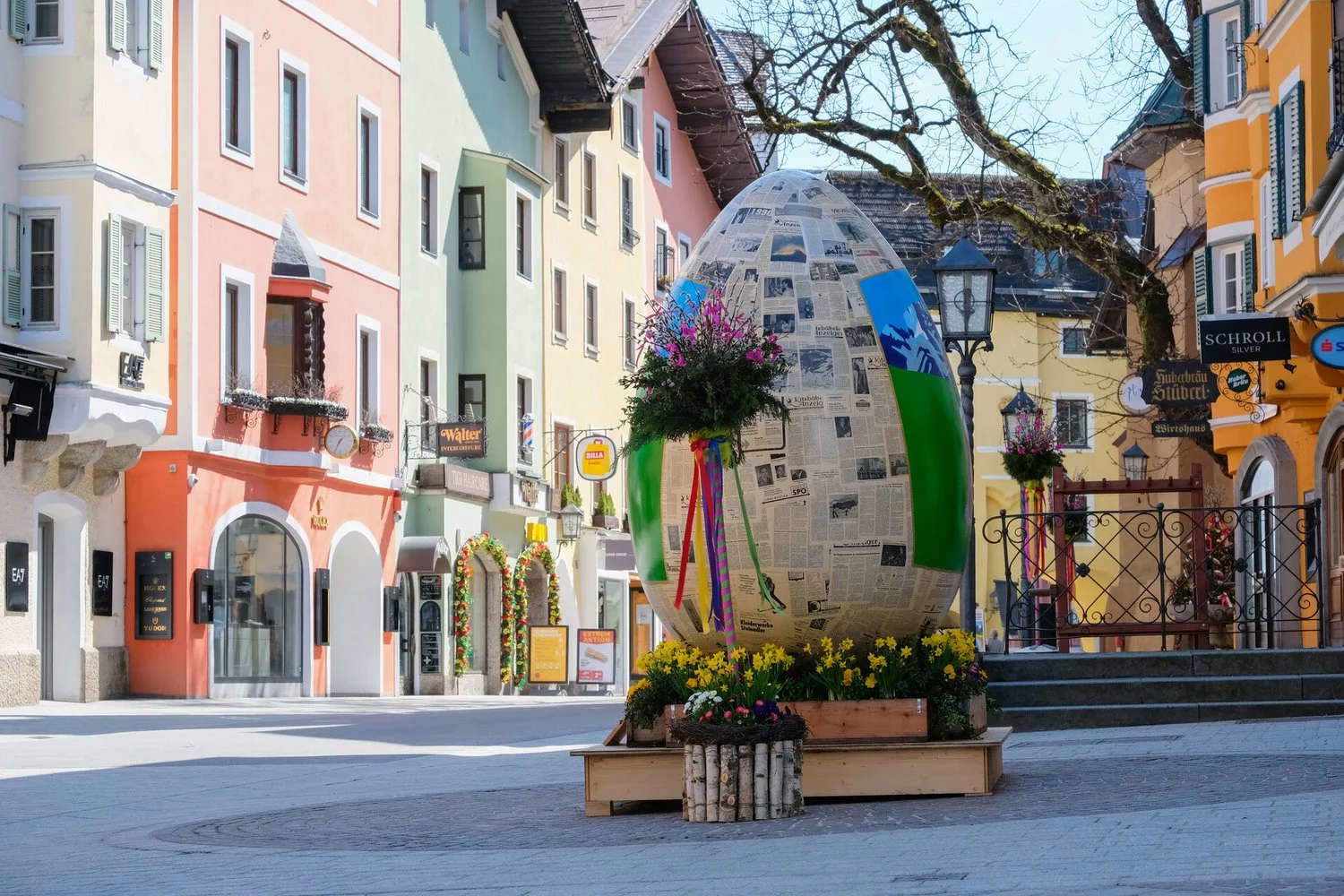
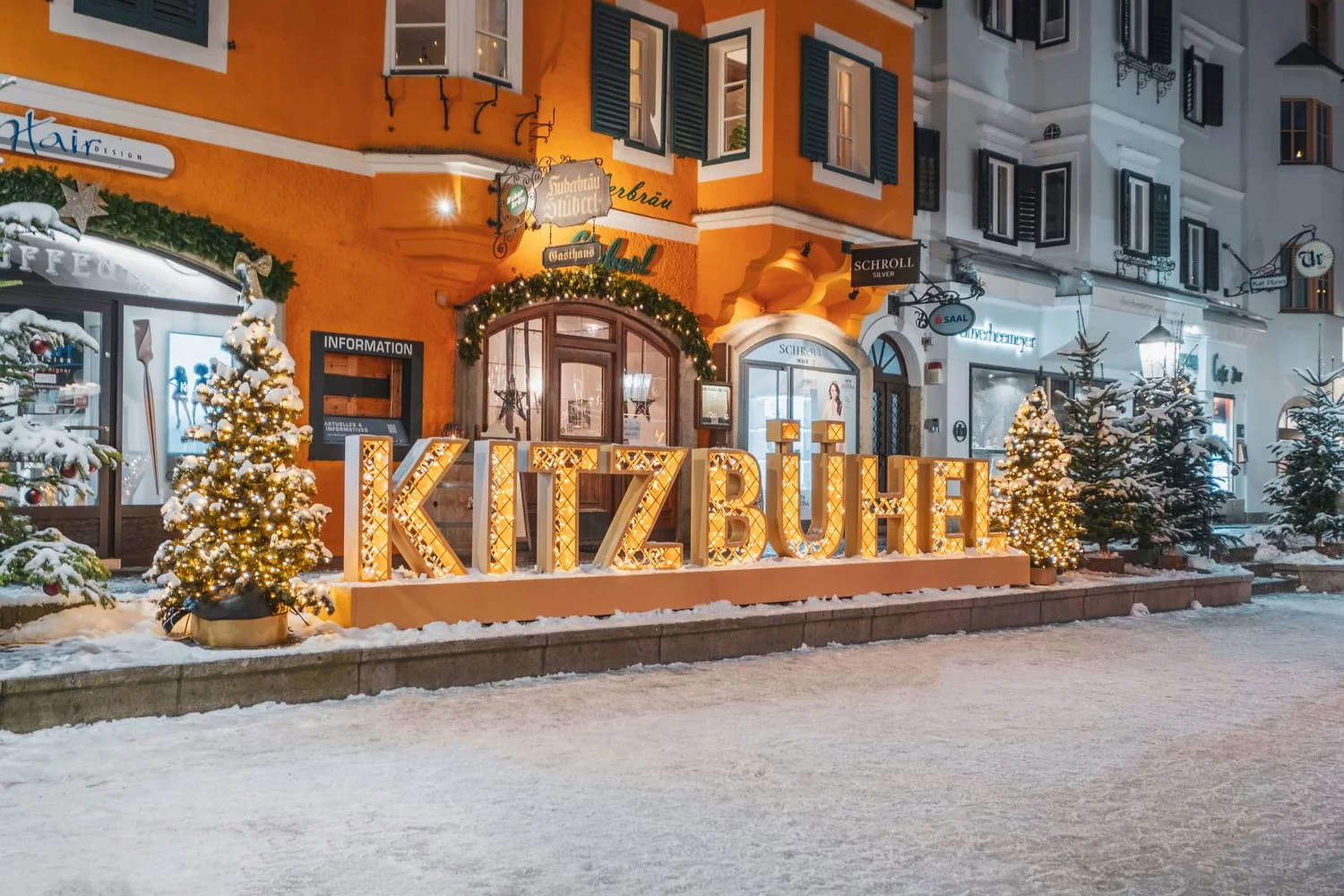
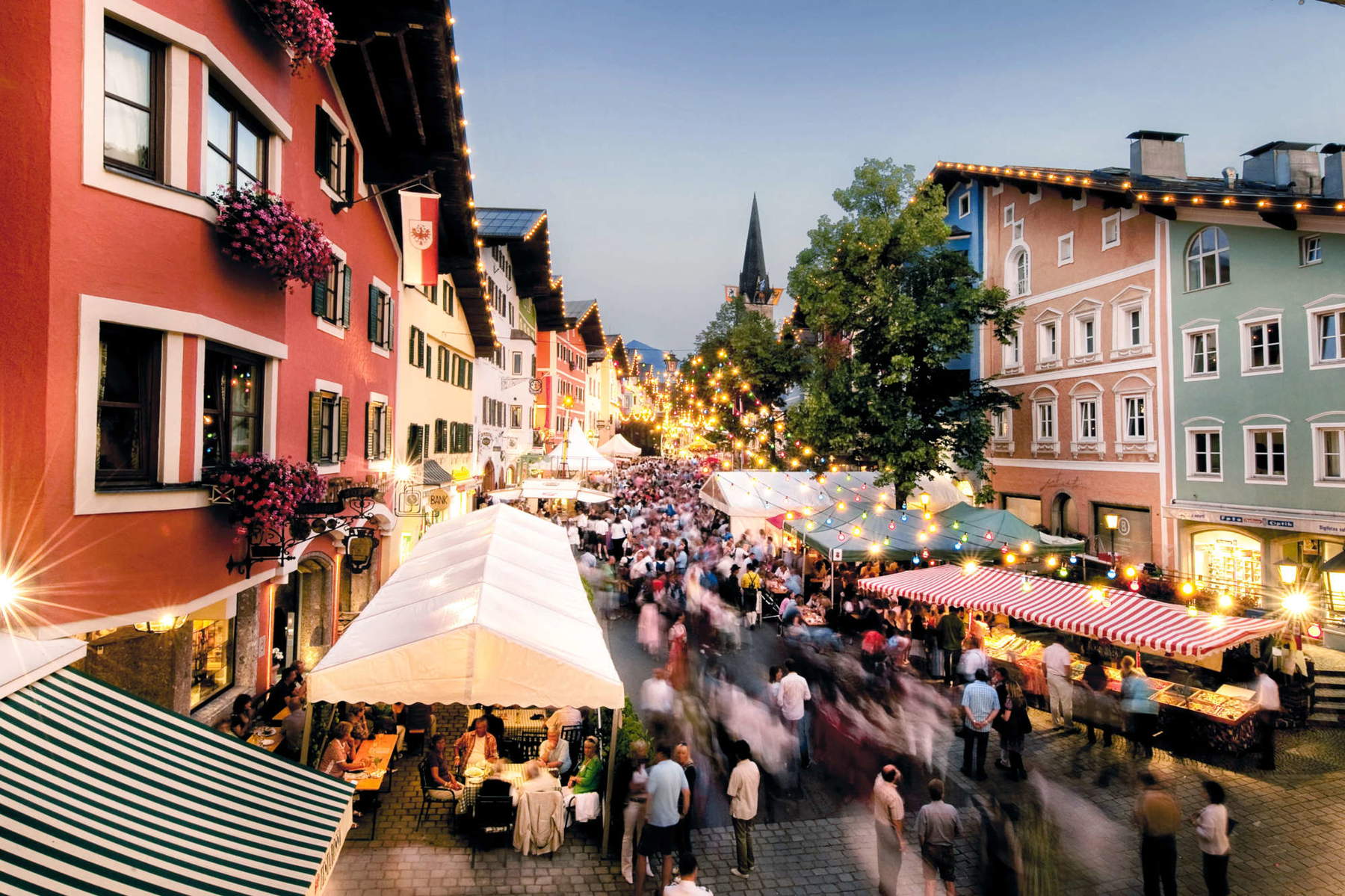
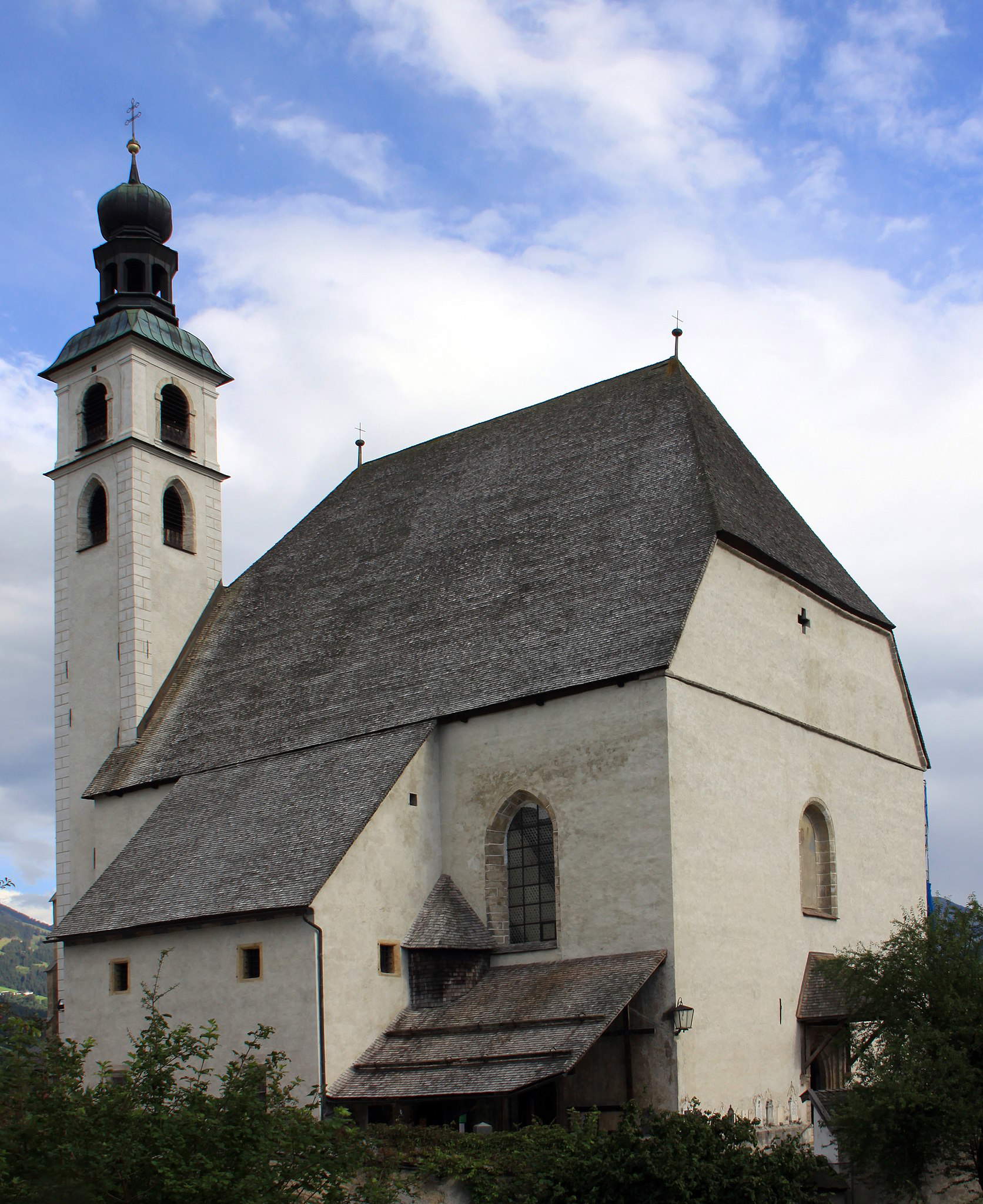
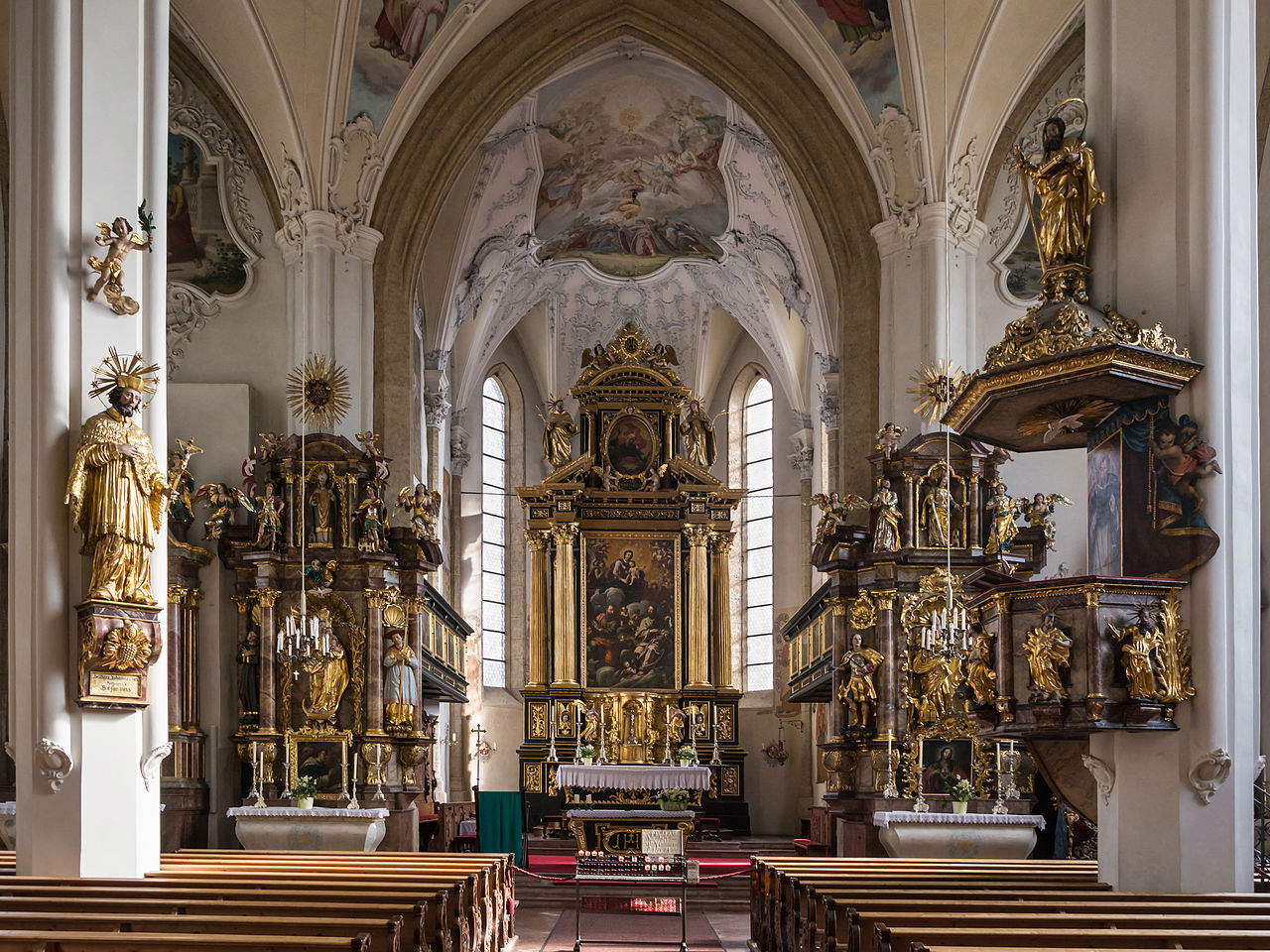

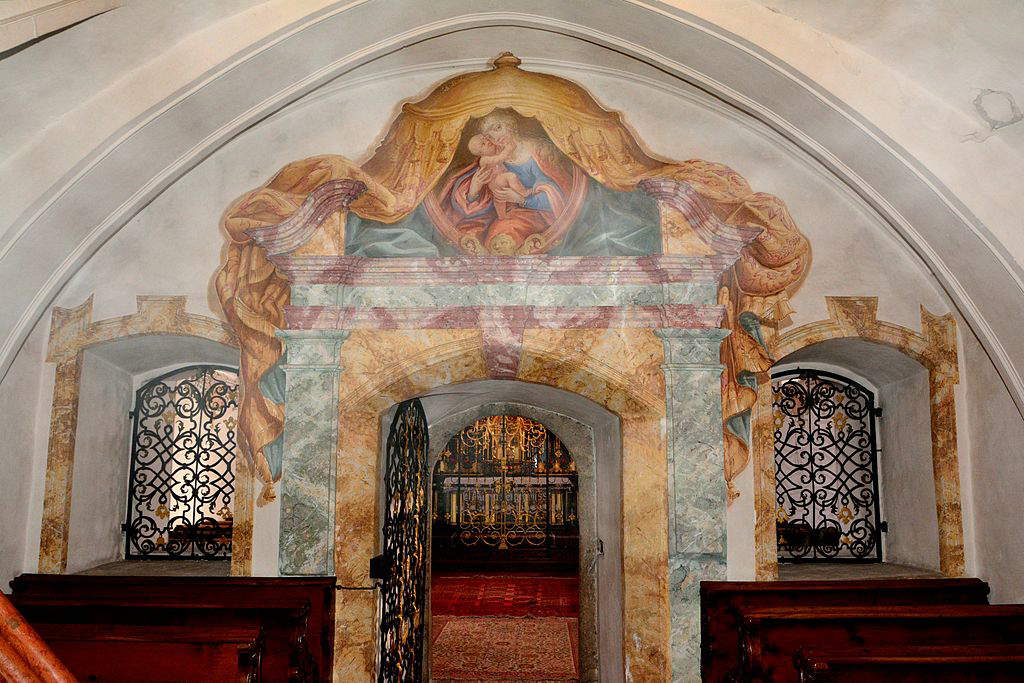
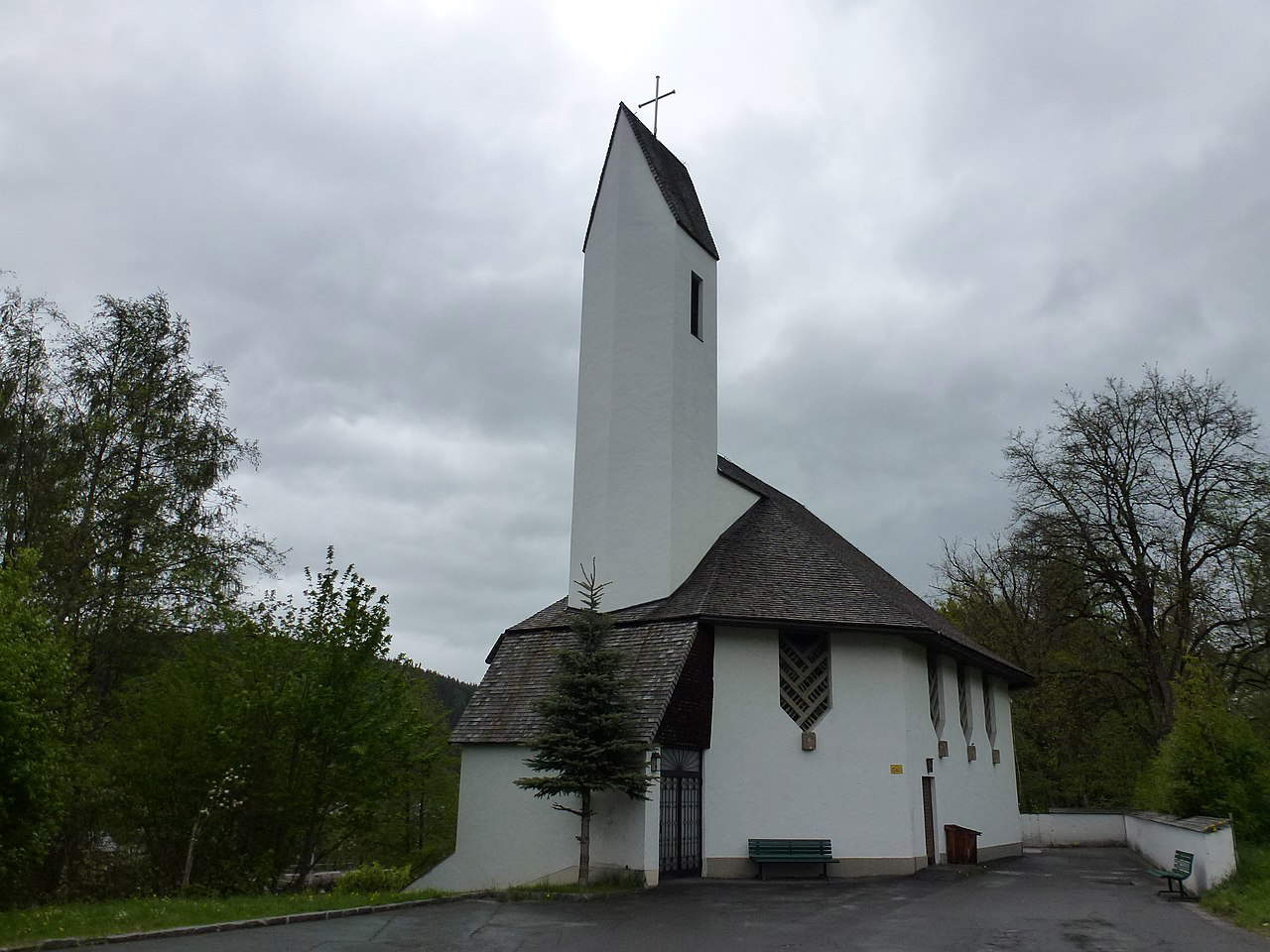
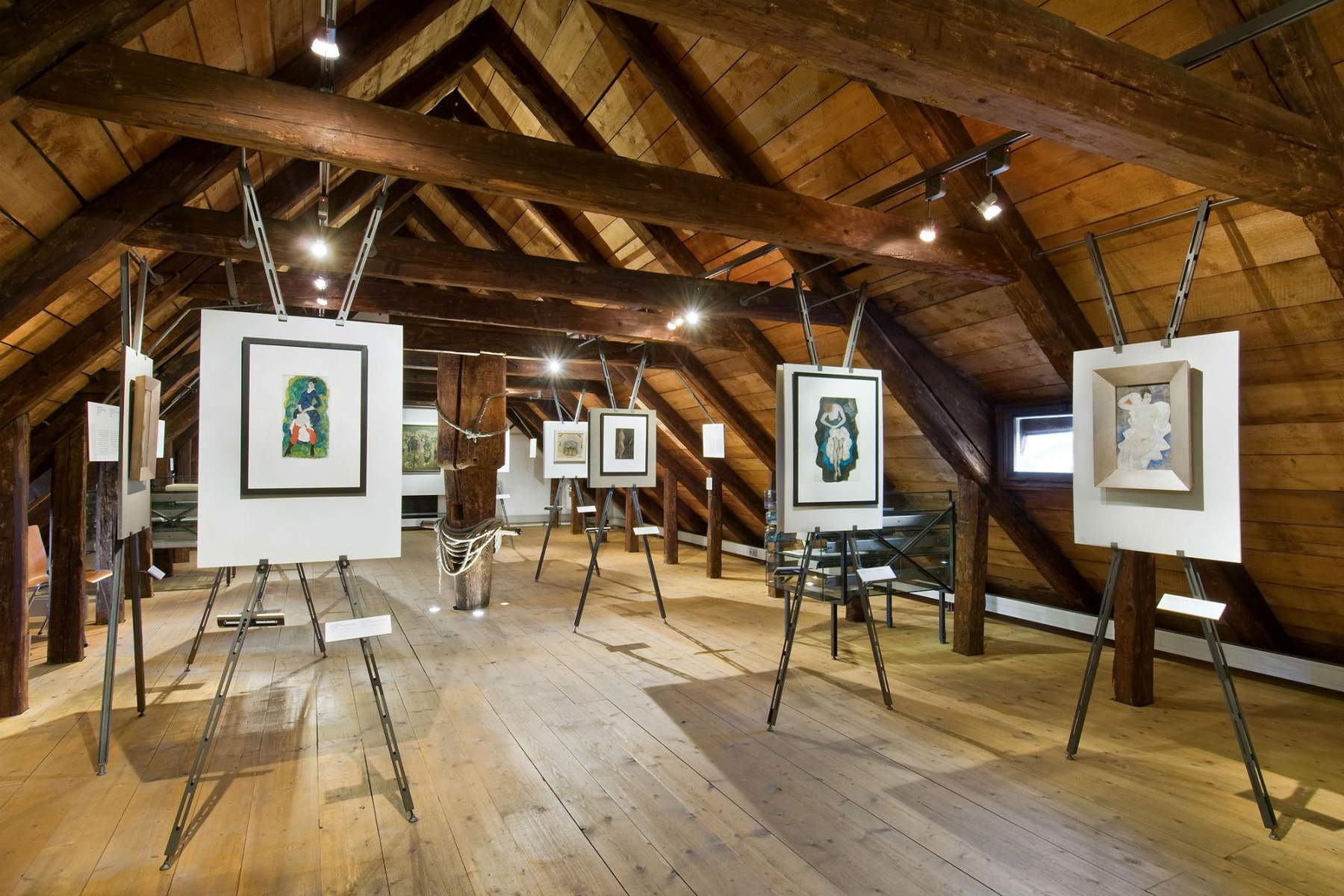
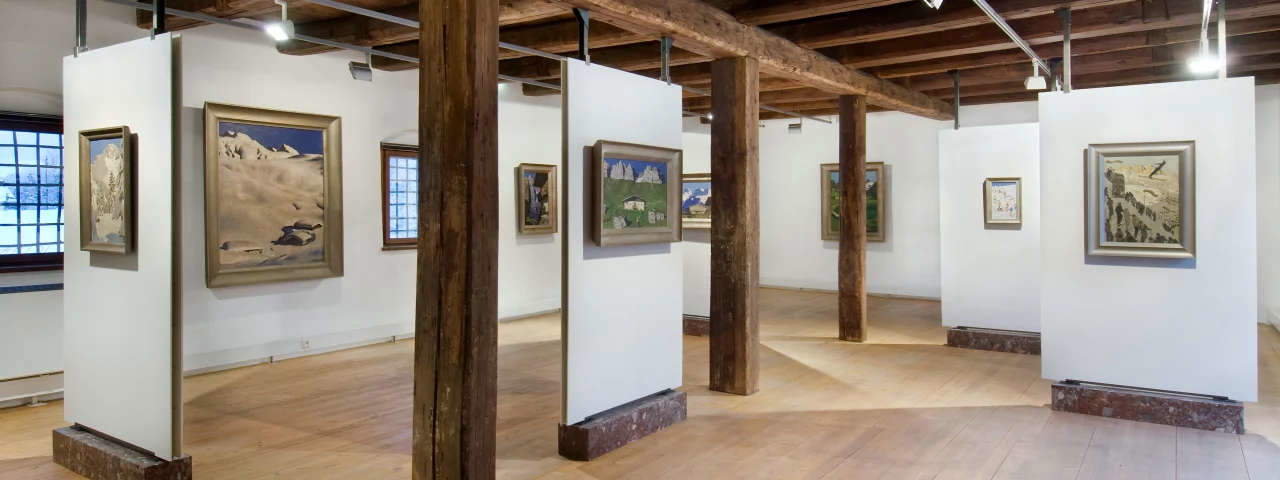
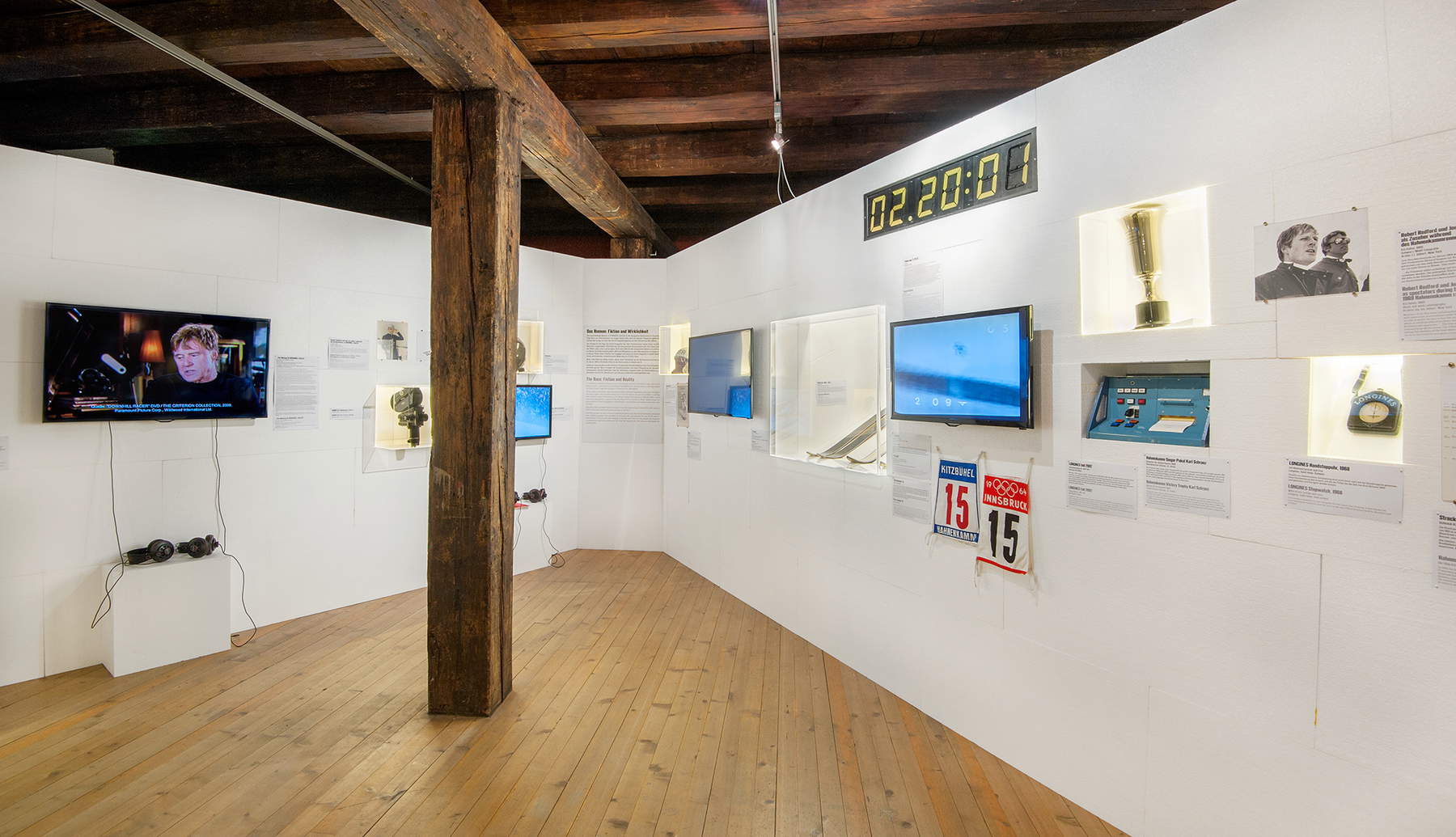
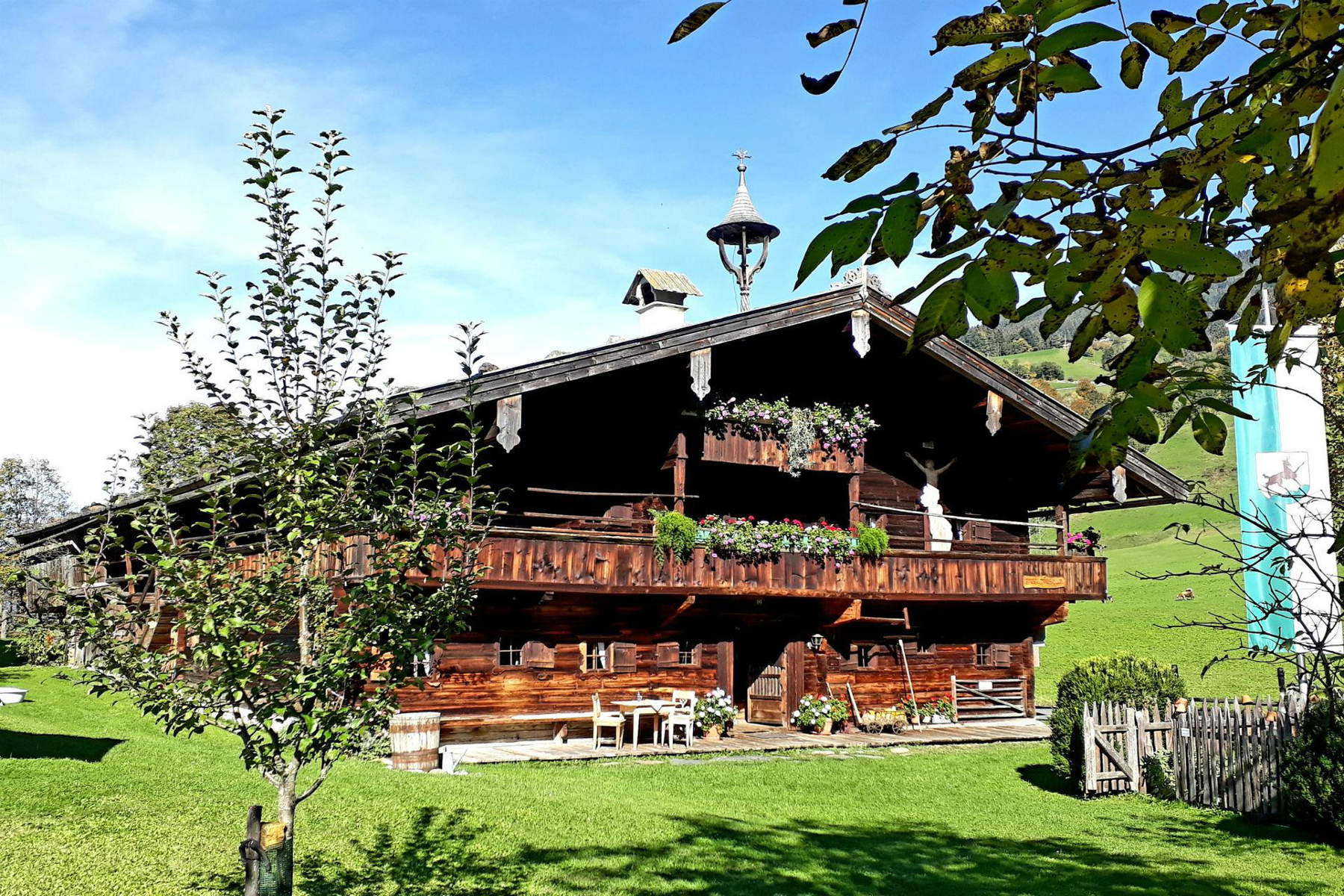
The main city museum is the Kitzbühel Museum. Here you can find an entire floor dedicated to a distinguished citizen of Kitzbühel (the third floor, with a terrace that allows you to enjoy the splendid view), namely the painter, architect and designer Alfons Walde (Oberndorf in Tirol, 1891 - Kitzbühel, 1958), a painter who looked up to Klimt and Schiele and celebrated his city(more on that here). The permanent collection showcases 60 paintings and 100 drawings, photographs and prints by the multifaceted artist by taking visitors through his entire artistic journey in the 250 square meters in which it unfolds. Paintings such as Almen im Schnee, Auracher Kirchl and Ascent helped to draw in the collective imagination the image of Tyrol with its snow-covered mountains, ideal for winter sports, the church, the farm. It is here and with him, between his brushes and his canvases, that what today from a tourist point of view is Tyrol develops and takes shape. Recurring subjects portrayed while skiing, religious life, images of sporto the nudes. Often in erotically stimulating positions. No less recognized are his grandiose nudes and early works, characterized by the art of the Viennese Secession. Determined by technology, Walde uses various design approaches in his depictions of women. In his watercolor drawings he seeks an exciting dialogue between contours and decorative areas of color, and in his later pastels he finds tonal painting with warm brown tones and soft transitions. His vision of the female body includes a wide variety of poses and erotic play.
The city museum also features temporary exhibitions and a section devoted to Kitzbühel’s 3,000-year history, from the Bronze Age to the present day, passing through all expressions of art and traditional culture. All the way to celebrating the distinguished citizens who on skis (such as Klaus Sulzenbacher and Hansi Hinterseer and the Kitzbühel Wunderteam of the 1950s) have made the town’s name known in the winter sports world. The museum began in the 1930s inside a grain depot and then was expanded and modified in the early 2000s by making the southwest tower of the town’s medieval fortifications, the oldest school building from the 13th century, part of the museum, where exhibitions on medieval and Baroque Kitzbühel are held.
But the Kitzbühel Museum is not the only one to visit in the town. The tradition of these mountain people has translated into the creation of a museum about their history by creating a farm museum that perfectly reconstructs a 16th-century farm: it is theHinterobernau, the typical Salzburg/Tyrolean farmstead (located on Romerweg 91, A-6370). We are on the sunny side of Kitzbühel, in the midst of green meadows and forests, and here you can see what life was like in 1556 (the year of csotruzione engraved on the wood above the door) with around the main building the presence of the oven, the beehive, the farmyard but also the washhouse and the chapel for praying. Inside, an audio guide will take you on a tour of the many objects inside explaining their daily use (from furniture to furnishings to tools to machinery).
 |
| Kitzbühel, the pearl of Tyrol: what to see and do in the city of chamois |
Warning: the translation into English of the original Italian article was created using automatic tools. We undertake to review all articles, but we do not guarantee the total absence of inaccuracies in the translation due to the program. You can find the original by clicking on the ITA button. If you find any mistake,please contact us.